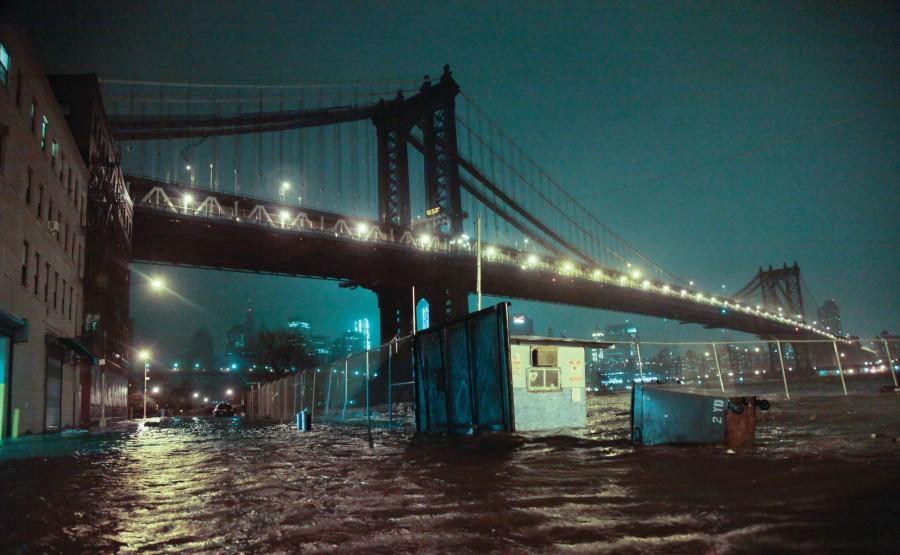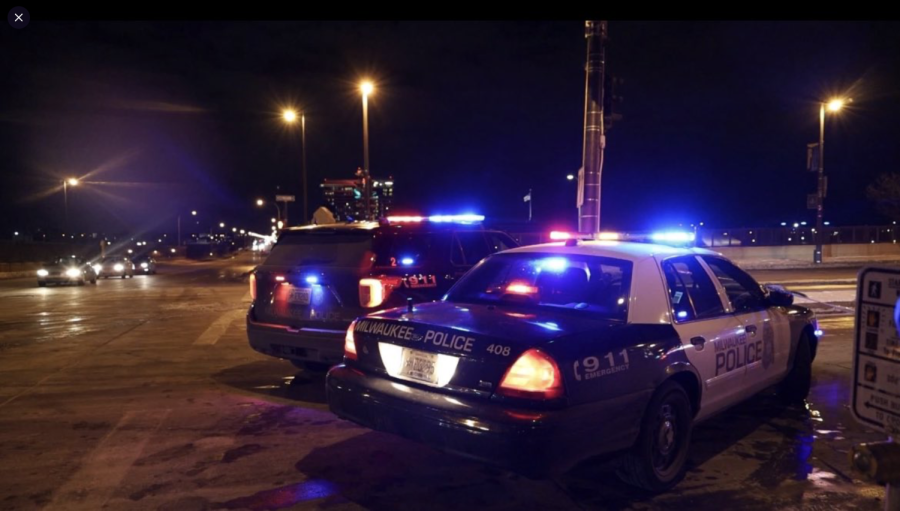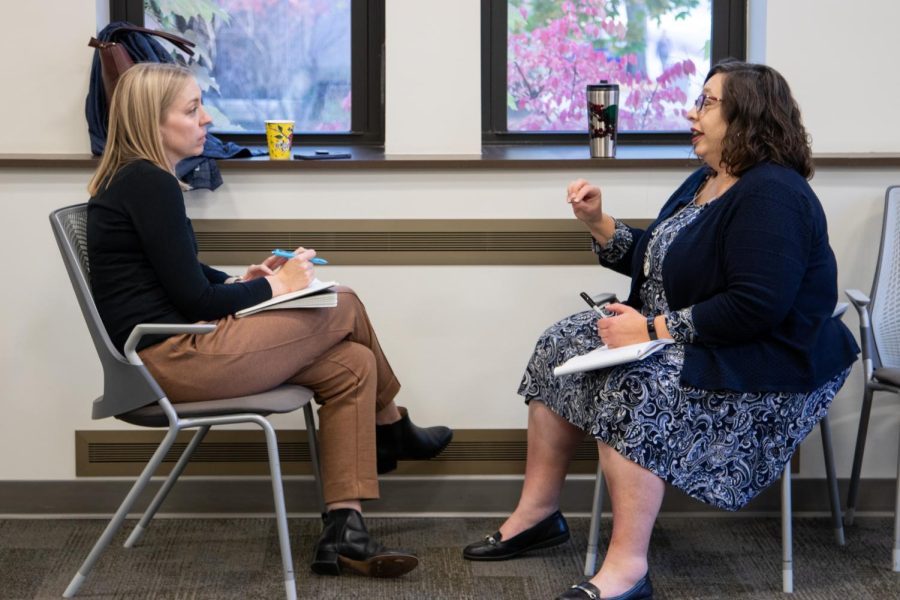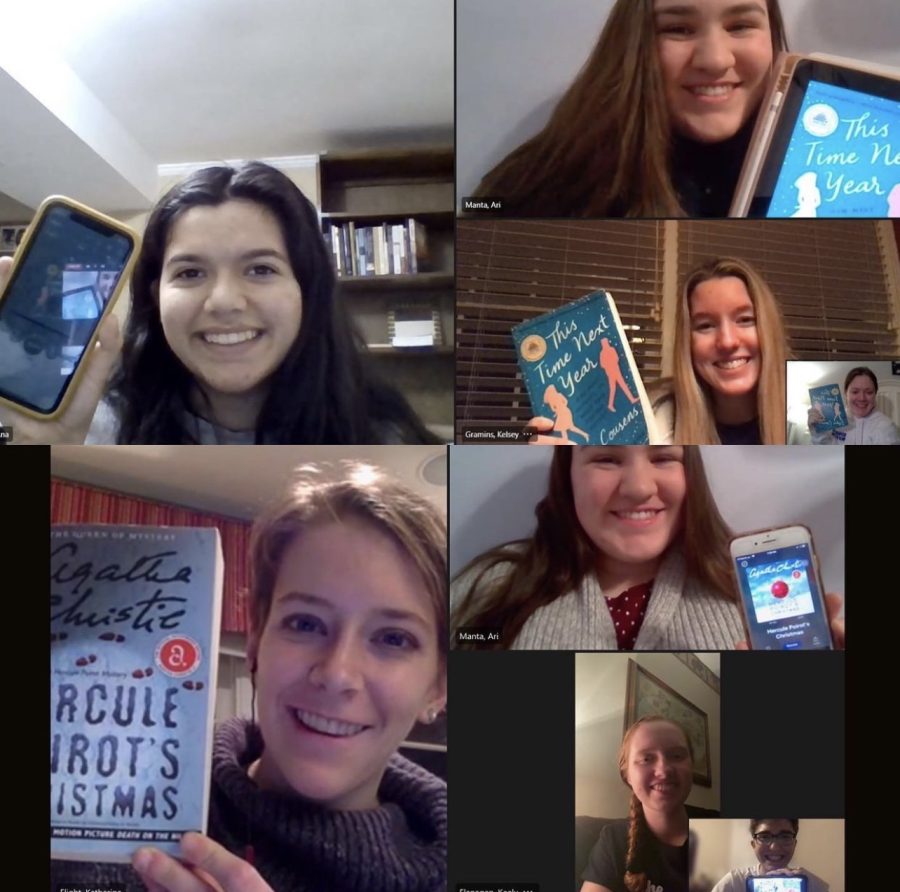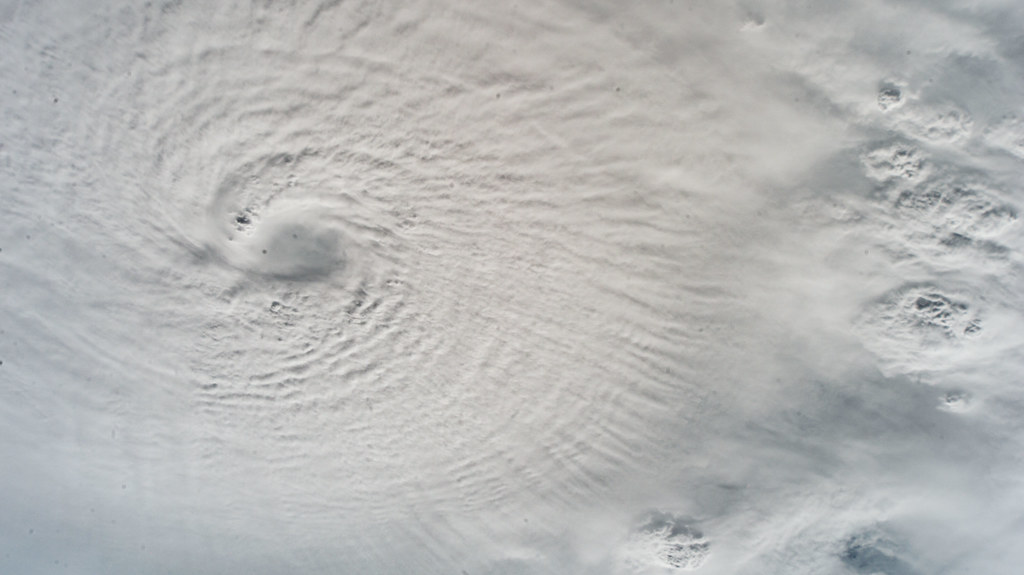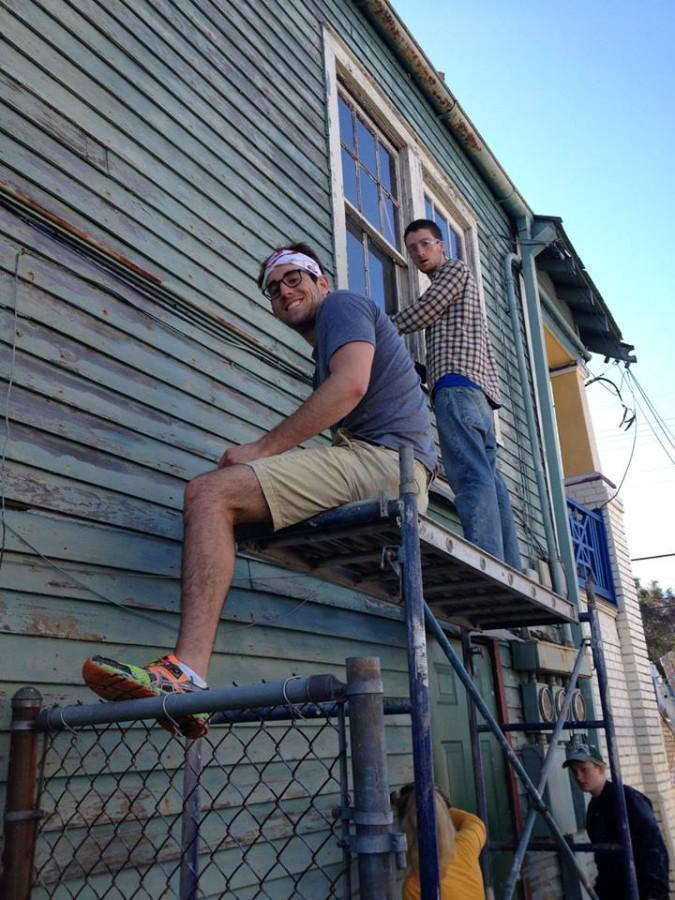 It takes a lot to stop a city that never sleeps, so once I heard about the closing of the New York subway system Sunday evening, I started paying attention to Sandy.
It takes a lot to stop a city that never sleeps, so once I heard about the closing of the New York subway system Sunday evening, I started paying attention to Sandy.
Deeper into last night, outrageous TV footage began to fly in. With quick winds and rain, flooded homes, hanging cranes, power outages, mandatory curfews, water-locked residents, school and office closings, falling trees and floating cars, Hurricane Sandy is causing more damage by the minute.
What really got me was a hand-painted sign created from boarded up windows and a can of spray paint: “Shove it, Sandy.”
To brace a city like New York in a couple days, let alone the entire coast, is something of an undertaking. And amidst all the effort and mess, one reporter made a good point: during storms of the past, it’s often other coastal states who offer support to each other when a state’s own resources are inaccessible.
But Sandy’s scope of impact is uncharacteristically large, from states up the coast from North Carolina through Connecticut and beyond. It goes without saying that this is a time when neighboring states’ resources can’t withstand the trauma alone.
Only through a shared effort, then, can the coast get through the so-called Frankenstorm. That means cooperation from East Coast residents and communities, aid through local governments and FEMA. And it also means help from you and from me.
After all, you’re affected, too. For me, all the coverage has kept me especially alert, as my brother lives in Long Island. I watched one reporter standing on the dilapidated boardwalk in Asbury Park, N.J., where I visited last year. Flight restrictions due to the hurricane have even postponed a debate on our own campus between Howard Dean and Liz Cheney.
It’s easy to sit idly by watching a hurricane happen through a screen. But try to make some sort of connection so you can do something to fix the damage in the coming weeks — whether it’s chipping in a few bucks or taking a trip to Maryland.
Many in the coastal states have been through this before, most recently with Hurricane Irene in 2011, so they know the precautions to take. But preparation is only the first step in a storm like this – after come weeks of restoring resources and months of rebuilding.
For now, keep updated and stay in contact with those you may know in the middle of the storm. FEMA recommended that those in the path of Sandy use Twitter and other social media to stay connected because of the instability of phone lines. In the next few weeks, keep your eyes open for opportunities to donate or help out. And further on, listen to what East coasters need to rebuild and restore — you might find it’s something you can offer, even all the way from Milwaukee.
(And to Sandy: “you ought to quit this scene, too.”)




